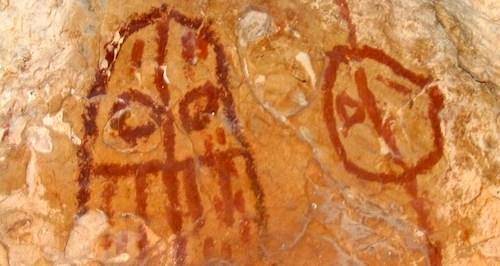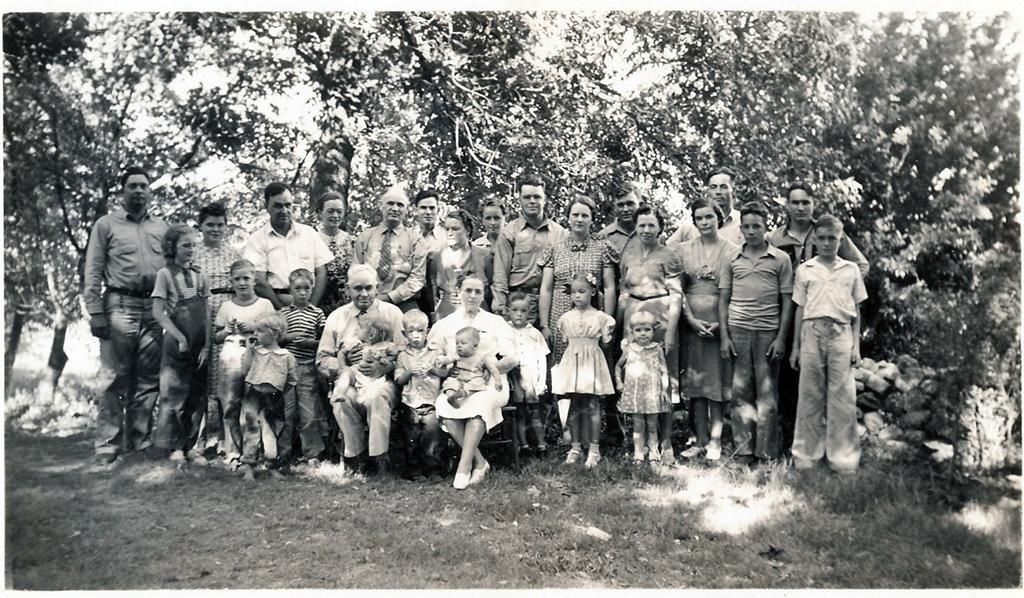Guadalupe Mountains National Park is much more than hiking trails in the Chihuahuan desert; it is a park with more than 10,000 years of human history.
The mid-19th century saw Mescalero Apaches fight to defend their lands in West Texas as settlers, cattle drivers, and stage lines began to claim it as their own. They were met with bloody conflict as the federal government sent thousands of soldiers west to drive them from the landscape.
Following the Civil War, African-American soldiers were sent west to control Indian hostilities on the Great Plains. It’s difficult to overlook the irony facing these soldiers, who had gained their freedom through the Civil War that nearly tore the country in half only to be sent into the West to deprive the Mescalero and other native peoples of theirs.
These soldiers, given the name “Buffalo Soldiers” by the Cheyenne for their dark skin, fought native cultures for more than two decades, and contributed to the mapping of the region. By the late 1800s, the Mescaleros had been driven from the Guadalupe Mountains.

Mescalero Apache pictographs can be found in caves within Guadalupe Mountains National Park / NPS file
After the Mescalero Apaches were driven out, many settlers attempted to make a living farming and ranching, however few were successful in the rugged and arid landscape.
Some exceptions were the Smith family, the Belche’s, and Adolphus Williams. They had discovered the secrets to making a hardscrabble living off the land, either running livestock or growing crops. The Smiths operated an orchard at the Frijole Ranch for almost 40 years, while the Belchers owned a ranch that eventually was purchased by Willliams.
These holdings were consolidated in the 1940s, when Judge J.C. Hunter bought both operations and eventually owned most of the lands that would become the park. The judge loved the land, and figured it qualified for inclusion in the National Park System.
Piecing the lands together for a national park was not easy. The National Park Service had to acquire the subsurface mineral rights, which it did when the state of Texas and the Texaco energy company agreed to donate their mineral interests to the Park Service. The judge’s son, J.C. Hunter, in August 1966, offered to sell the family’s holdings to the National Park Service for $1.5 million, and gave the agency 18 months to close the deal.
To make a long story short, one that was complicated by Congress’ stinginess in providing funds to buy out Hunter, the Park Service was able to finalize the acquisition of 72,071 acres from Hunter in December 1969. That amounted to more than 90 percent of the eventual national park, and in the ensuing years the Park Service whittled away at acquiring the additional inholdings.
In October 1966 Congress authorized creation of Guadalupe Mountains National Park, and in September 1972 it was formally established.
From the violence between the Mescalero Apaches and Buffalo Soldiers to ultimately becoming a national park, Guadalupe Mountains is home to an abundance of natural and cultural history, some of which is preserved at the Frijole and Williams ranches and at the ruins of Pinery Station, a stage stop on the Butterfield Overland Mail Route that stretched from Tennessee to San Francisco.

Smith family gathering at Frijoles Ranch ca 1930s, Guadalupe Mountains National Park / NPS file




